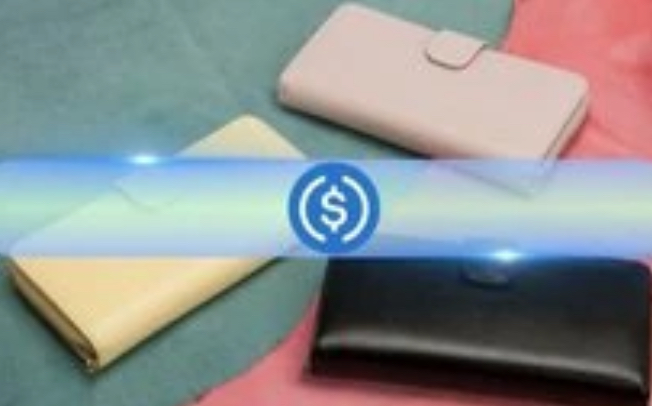USDC stablecoin’s trading volume in 2024 has skyrocketed to $23 billion.
The MiCA regulation has created an increased demand for compliant stablecoin, with Circle’s USDC emerging as a primary beneficiary of the trend.
In fact, USDC is leading the demand for regulated stablecoins, according to French blockchain analytics firm Kaiko.
Increased Demand For USDC After MiCA
In its latest report, Kaiko revealed that non-compliant stablecoins account for 88% of the total stablecoin volume, at present. But Europe’s Markets in Crypto-Assets Regulation (MiCA), which was implemented on June 30, is expected to change this dynamic, resulting in market makers favoring compliant stablecoins over non-compliant alternatives.
In the past few months, prominent crypto exchanges such as Binance, Bitstamp, Kraken, and OKX have already imposed restrictions, delisting non-compliant stablecoins, including Tether’s USDT, for their European customers.
Meanwhile, Kaiko observed that the share of compliant stablecoins has gained significant traction over the past year, indicating a growing appetite for more transparent and regulated alternatives, a trend that has mostly benefited USDC.
As per Kaiko’s estimates, USDC experienced a dramatic increase in weekly trading volume, reaching $23 billion in 2024, up from $9 billion in 2023 and $5 billion in 2022. This growth pushed USDC’s market share to an all-time high, approaching FDUSD’s 14%.
Interestingly, last week, Circle, the fintech firm and the company behind USDC, was granted an e-money license by France’s Autorite de Controle Prudentiel et de Resolution (ACPR), thereby making it compliant with stablecoin provisions under MiCA. With this, Circle became the first global stablecoin issuer to achieve compliance with the new regulatory framework in Europe.
The approval also signified that both its USDC and Euro Coin (EURC) tokens are now being issued in the EU in full compliance with MiCA.
Centralized Exchanges Fuel USDC’s Growth
It was also found that centralized exchanges, or CEXs, have been instrumental in boosting USDC volumes over the last year.
Following Binance’s decision to re-list USDC in March 2023, the stablecoin’s market share on CEX jumped from an average of 60% to over 90% across all exchanges. Bybit’s introduction of zero-fee USDC trading in February 2023 also contributed to increased volumes.
The rise in USDC’s demand can all be attributed to its growing use in settling perpetual futures contracts. The proportion of Bitcoin perpetual denominated in USDC on Binance and Bybit increased from 0.3% to 3.6% since January. For Ethereum perpetual, the rise was even more significant, with ETH-USDC trade volume growing from 1% to over 6.8% in the same period.

